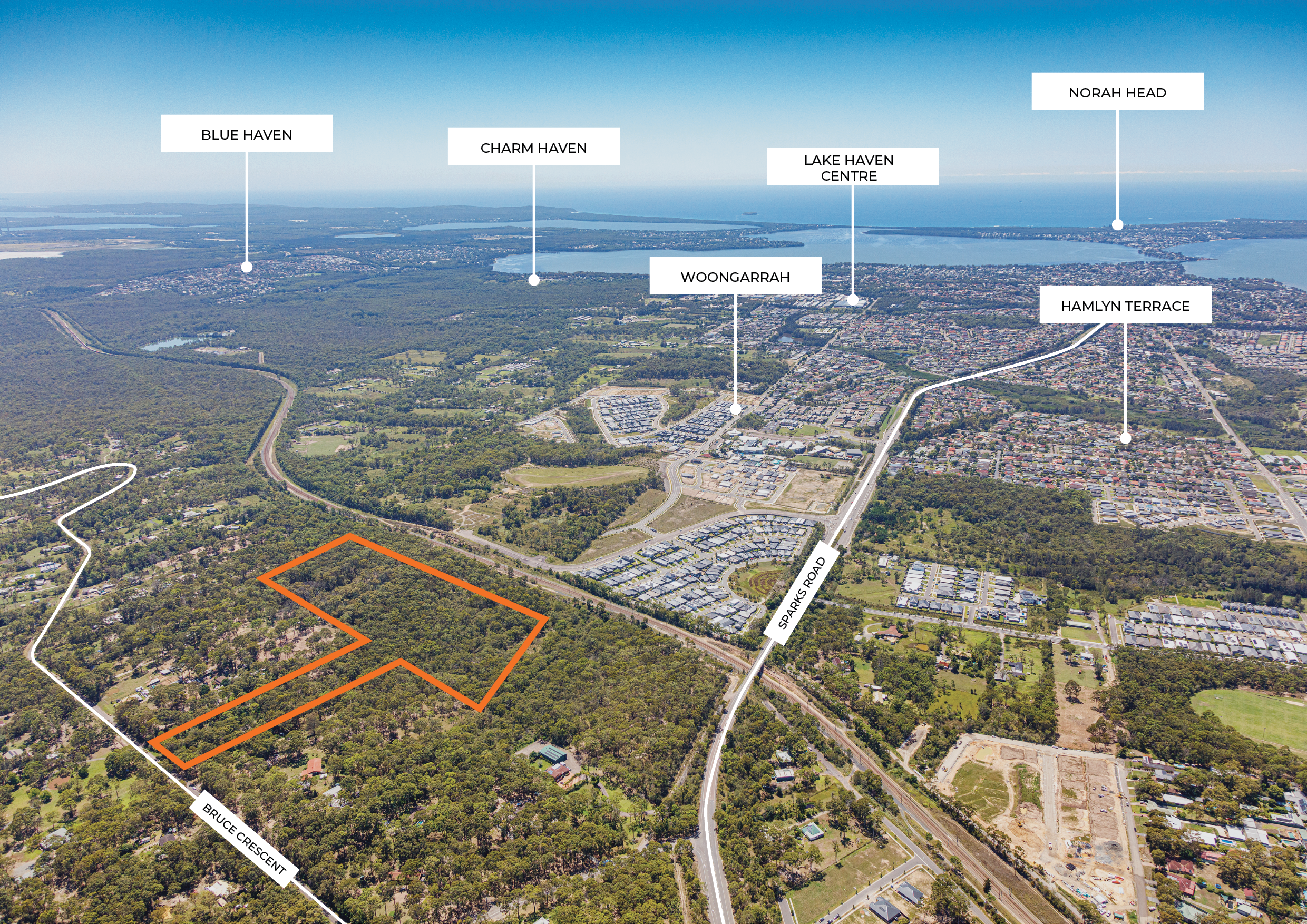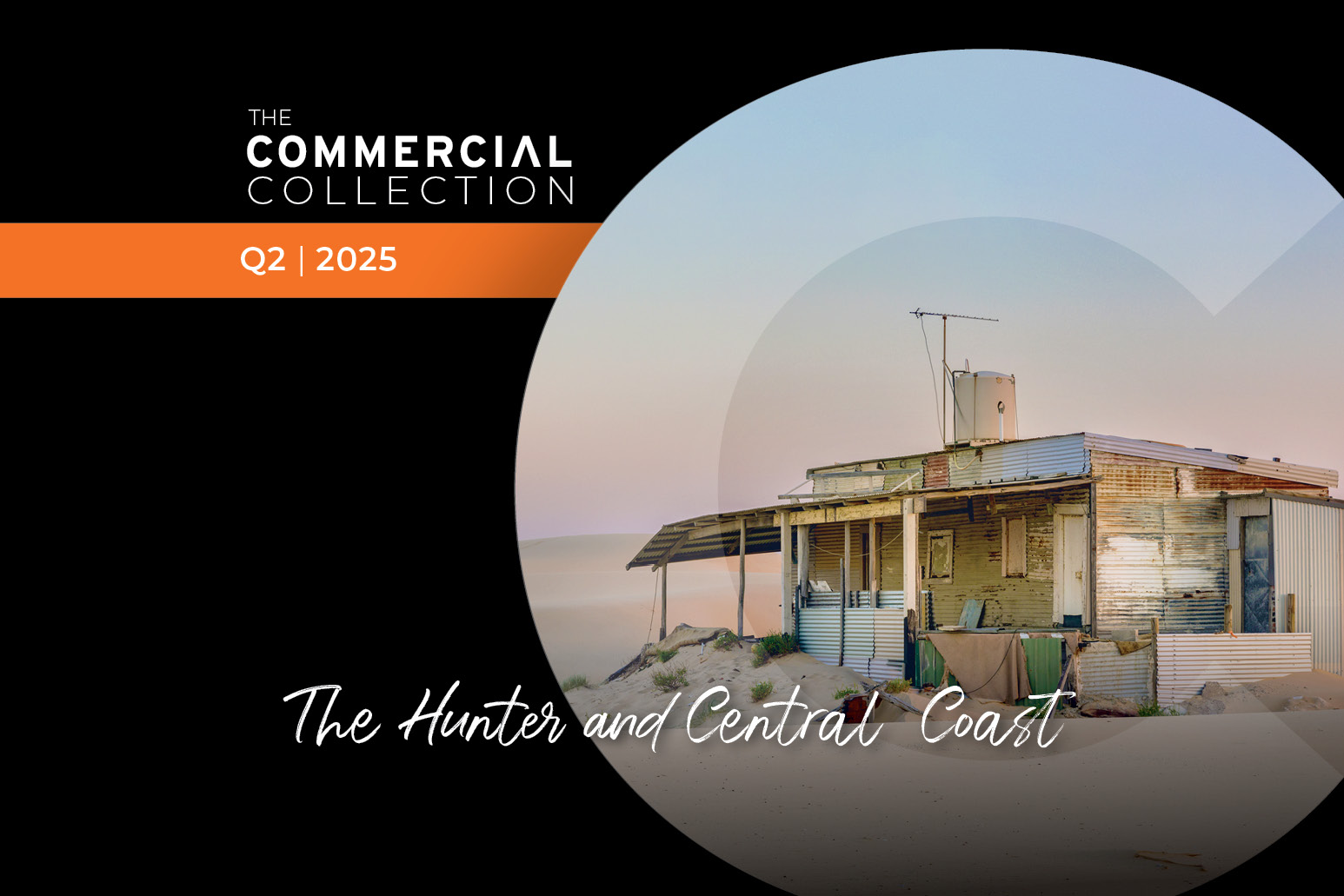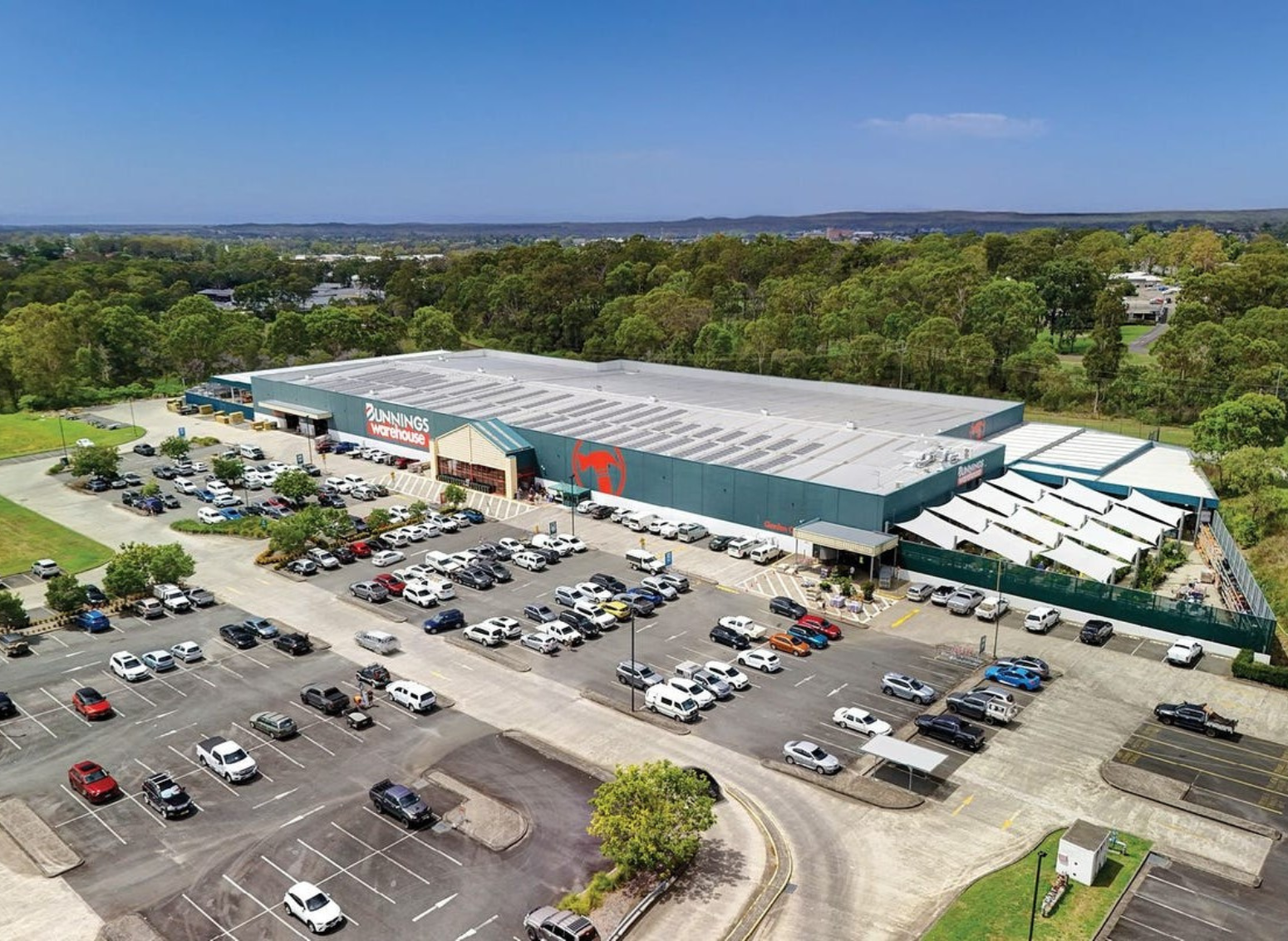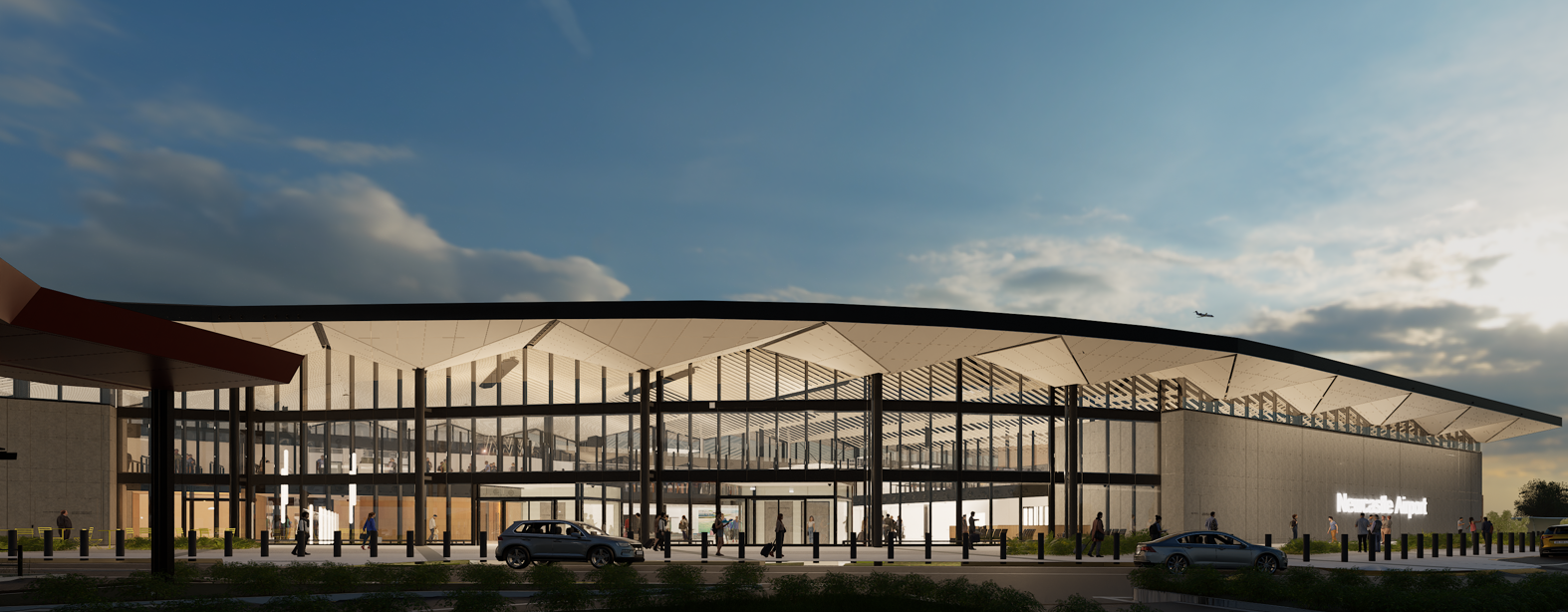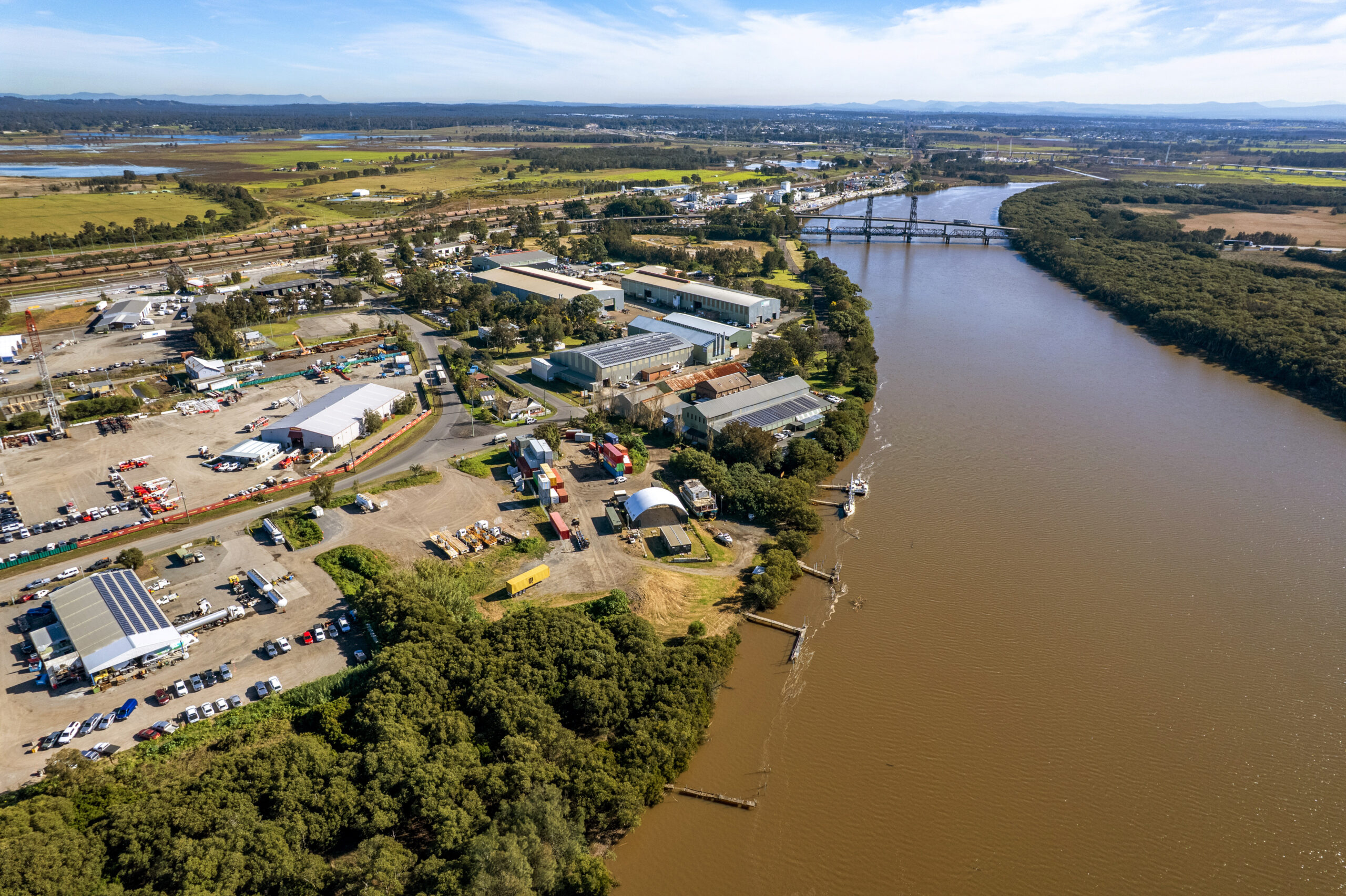
Future-proofing Newcastle’s industrial property market: Unlocking land supply for long-term growth
Industrial Insights Unlocked | Part Three
Newcastle’s industrial property market is experiencing unprecedented demand, but a critical shortage of development-ready land is constraining growth. While the region is well-positioned to become a national hub for logistics, manufacturing, and defence industries, the current land supply landscape presents both challenges and opportunities for strategic planning and investment.
Land constraints: Build-to-rent dominates supply
Most large englobo industrial sites in the Hunter region are controlled by Tier 1 or institutional developers and are only available as build-to-rent opportunities. These developments typically have a 1–3 year delivery timeframe, limiting immediate access for businesses—particularly Small to Medium Enterprises (SMEs)—seeking to own their facilities.
Examples of current industrial property projects in the Hunter region:
| Project Location | Size (approx) | Developer | Offer Type |
| 71 Industrial Drive, Mayfield | 10ha | Sentinel | Build to rent only |
| Black Hill | 100ha | Hunter Land | Build to rent only |
| Black Hill | 170ha | Broaden Management | Build to rent only |
| Tomago (near Westrac) | 200ha | ACE Equity | Build to rent only |
| Williamtown (Astra Aerolab) | Not applicable | Newcastle Airport | Build to rent only |
| Kurri Kurri (former Smelter site) | 160ha | McCloy & Stevens | Mixed (sale and rent) |
Understanding land limitations: Fragmented, infill, and constrained
Much of the currently zoned industrial land in and around Newcastle is either fragmented, infill, or constrained. Included below the description for each:
Fragmented land: Broken up by ownership or incompatible uses, making large-scale development difficult.
Infill land: Smaller, underutilised parcels within established zones, ideal for redevelopment but limited in scale.
Constrained land: Affected by environmental, regulatory, or physical limitations such as flooding or topography.
Strategic rezoning opportunities
To meet growing demand, several areas in the Newcastle and Hunter region present strong potential for rezoning and fast-tracked development approvals.
| Location | Opportunity Description |
| Black Hill & surrounds | Expansion of existing precincts near M1 and New England Highway; requires council coordination |
| Tomago | Adjacent to existing industrial zone; floodplain risks but high potential with planning |
| Beresfield / Tarro | Underutilised land near major freight corridors; buffer zones needed for residential areas |
| Thornton (West) | Semi-rural land near Thornton Business Park with some environmental overlays |
| Hexham | Port-related and heavy industry potential; environmental protections apply |
| Williamtown / Medowie | Near Astra Aerolab, ideal for aerospace and defence industries |
| Rutherford | High-demand corridor; potential for rezoning and fast-tracked approvals |
The risk of inaction
Without swift rezoning and infrastructure-led planning, Newcastle risks falling behind more mature industrial markets like Melbourne and Brisbane. The lack of readily available, zoned, and serviced land, especially for ownership, has already limited opportunities for businesses looking to scale or relocate.
The opportunity ahead
Newcastle is uniquely positioned to become a national alternative to the Sydney market and other metro capitals due to several key factors outlined below:
- Competitive land values and rental rates
- A strong pipeline of infrastructure projects
- Strategic proximity to Sydney, the Hunter, and the Port of Newcastle
- A growing skilled workforce and superior lifestyle offering
By unlocking land supply, improving freight access and supporting the Port of Newcastle’s container terminal development, Newcastle has the opportunity to attract national logistics, advanced manufacturing, and defence-related businesses, while retaining the companies already powering its economy. Newcastle continues to be a key driver in the industrial property market and with the right support, will remain a key alternative to metro markets for many years to come.
View our current industrial land developments here.

